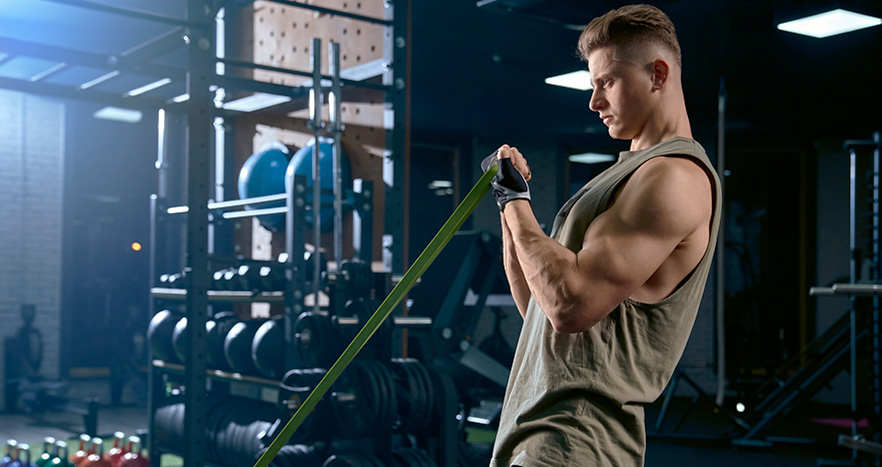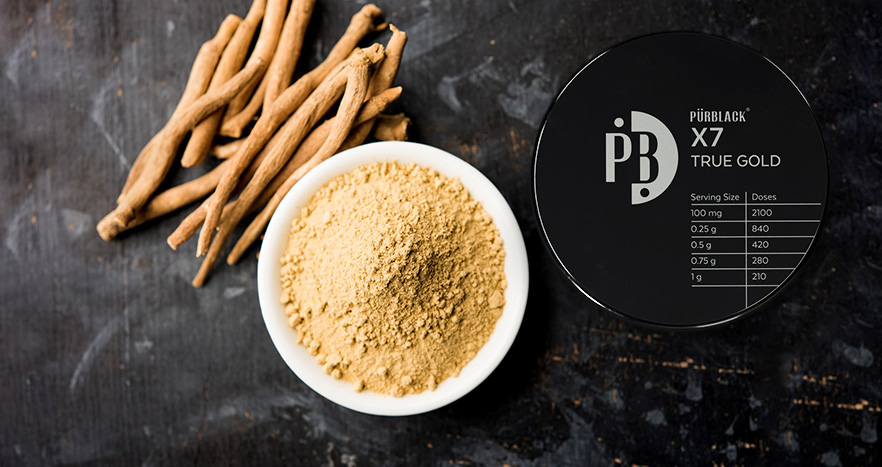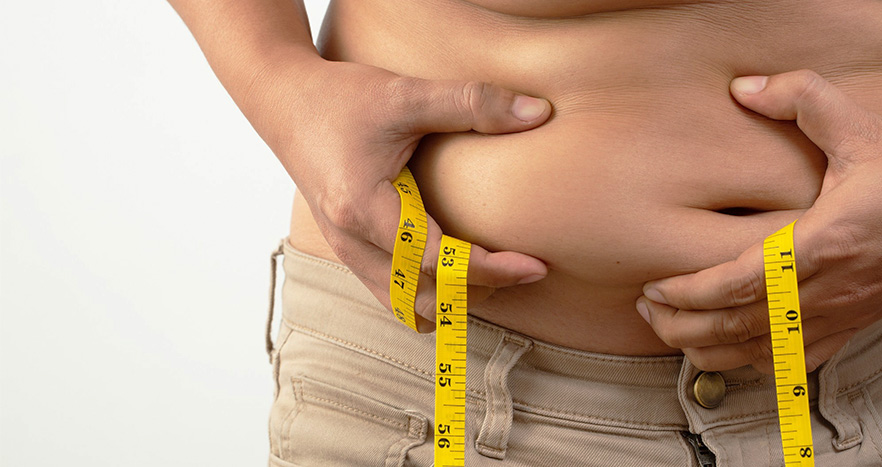Shilajit is used widely in Ayurvedic medicine where it is popularly regarded as a “rasayana” which means “rejuvenator”. Shilajit can also enhance performance. It’s the reason why it’s a popular supplement among world-class athletes.
Shilajit is known in various societies by other names such as mumio, mumie, or moomiyo. For its many uses in achieving holistic healing, shilajit has captured much attention in recent years.
Based on ancient claims, shilajit increases testosterone, stimulates increased energy levels, and supports proper stress management, among countless other health benefits. More evidence from the scientific community about shilajit benefits is rapidly substantiating these traditional claims.*
What Causes Low Testosterone Levels?

Inability to conceive can cause strain, frustration, and depression among couples. In the US, the Centers for Disease Control and Prevention (CDC) reports that 9% of men or their partners, between 22 and 45 years old, ever sought professional help about infertility. In 35% of couples who cannot conceive, both male and female partners were found to have issues with reproduction. In 8% of couples finding it difficult to conceive, it’s the men found to have issues. [1]
There are many physiological causes of infertility in men. Low testosterone levels is just one of them. Medical conditions such as obesity, diabetes, and autoimmune disorders are also underlying causes. Other medical causes include trauma to the testes, hormonal imbalance, and genetic disorders. Age is also a major factor to consider.
For a good many men, environmental and lifestyle factors are the key drivers of lower testosterone levels.
How to Boost Testosterone Levels

With or without genetic or underlying medical conditions therefore, altering your lifestyle presents an opportunity to improve your testosterone levels. Introducing the following changes may help stimulate production of this hormone crucial to male sexuality and reproduction [2].
Improve Diet and Nutrition

A diet high in nutrients essential to overall health and well-being is the Number 1 goal. It’s easier said than done. Top ways to achieve this is by incorporating a variety of food sources in your diet that are as close as possible to their sources.
Put simply, eat less processed foods. A study conducted among Taiwanese men found that diets high in “fried-processed foods” caused low testosterone levels and increased risk for chronic kidney disease (CKD). On the contrary, “vege-seafood” diets were found to boost testosterone levels while also lowering risk of CKD. [3]
In reality, your diet is determined by your preferences, the environment where you live, and social conditions. These factors may affect what type of food is available. To make matters worse, evidence also shows declining nutritive value of food crops [4]. This means, even when you eat more vegetables and fruits, you may not be getting the ideal levels of nutrients your body needs to function in tiptop shape. That’s where supplements can play a role.
Shilajit and Ashwagandha

Practitioners of traditional medicine typically combine herbs. Ashwagandha and shilajit are often taken together to improve male fertility. Research findings suggest there may be an underlying science-based rationale for this.*
A study found a significant spike in testosterone levels resulting from intake of standardized ashwagandha preparation over 16 weeks. However, the researchers noted that the levels of cortisol, fatigue, vigor, sexual well-being, and estradiol were unchanged. Overweight American males between 40 and 70 years old were the subjects of the experiment. [5]
Shilajit has also been shown to improve testosterone levels and sperm count in rats [6], In addition, it consists of over 80+ minerals, humic acid, and fulvic acid. Among the beneficial plant metabolites it contains are dibenzo-ɑ-pyrones. DBPs have been found to increase levels of adenosine triphosphate. ATP is the energy currency of cells in the body. Research suggests that DBPs in shilajit contribute to its energy-boosting and anti-ageing properties. [7]
Maintain Healthy Weight

Obesity and low testosterone levels influence and feed each other. It’s a deadly combination that increases a man’s risk for developing a long list of chronic diseases, including diabetes. [8] Weight loss is essential if you weigh more than your ideal Body Mass Index.
Besides being a source of pure, authentic shilajit, Pürblack is processed with magnetic and sound frequency imprinting. These additional steps may further help you maintain healthy weight.*
In a study, the researchers administered magnetized water for 8 weeks to rats induced with high levels of glucose. Post-tests showed a significant decrease in blood glucose and liver damage. The researchers suggested that magnetized water may have the same effect on diabetic individuals. [9]
Improve Energy Levels

Exercise and get regular physical activity. Simply moving around more, such as parking farther away from your destination and taking the stairs, all add up to improve your health. Refrain from staying sedentary. Stretch even as you type away and spend most of your time on your office desk.
Does shilajit increase testosterone? Supplementing with shilajit resin may promote proper weight management. That is, by helping your body churn out more energy from the food you eat rather than stocking it up as fats. [7]
Learn to Manage Stress

Don’t forget to take a breather. Other than keeping your head cool, staying relaxed and preventing chronic stress also promote higher levels of testosterone.
Stress increases cortisol, better known as the stress hormone. Cortisol and testosterone use up the same hormone precursors. Think of these as recipes needed to produce either hormone. Thus, when cortisol is produced, testosterone level decreases, and vice-versa.
FInd ways to cope with situations that cause you to feel stressed. Practicing meditation and yoga may help you stay calm under pressure. It may also help for you to relieve fatigue. Being physically worn out can cause numbness around your body which is not exactly the state you want to be in when you want to get in the mood for quality time with your partner.
Shilajit’s anti-inflammatory properties can help provide relief to soreness and inflammation. A study using rats induced with inflammation, including arthritis, as subjects has demonstrated this. [10]
Examine Substance Intake
Certain medications can lower testosterone levels and decrease sperm count. If you are taking maintenance meds, you should ask your physician how it affects your testosterone level. If it does, you may want to ask for a replacement drug or therapy that lowers the risk of decreasing your testosterone production.
Quit smoking. Smoking causes a long list of adverse impacts to your health, including your fertility, Also, don’t take illicit drugs. Lastly, take alcohol in moderation or don’t take it all. Alcohol decreases sperm quality.
Summary

Does shilajit boost testosterone? For now, available evidence shows that shilajit can indirectly improve testosterone levels. Supplementing with the proper shilajit dosage may simultaneously support and promote positive lifestyle changes. In turn, health benefits, such as maintaining a healthy weight, better coping with stress, and increased nutrient levels, all add up to improve testosterone levels.*
Over time and with regular intake of shilajit, testosterone levels may be improved. When supplementing with shilajit, you must ensure that you are talking only authentic Pürblack Live Resin shilajit. That’s because many shilajit in the market are not even safe for human consumption.
*These statements have not been evaluated by the Food and Drug Administration. These products are not intended to diagnose, treat, cure, or prevent any disease.
The information provided on this site is intended for your general knowledge only and is not a substitute for professional medical advice or treatment for specific medical conditions. Always seek the advice of your physician or other qualified healthcare providers with any questions you may have regarding a medical condition. The information on this website is not intended to diagnose, treat, cure or prevent any disease. Never disregard medical advice or delay in seeking it because of something you have read on the PürblackⓇ site.



